Many people visit Madrid and are unaware of how rich in culture one particular area of the city is. This area, known in English as the 'Art Walk' or ‘Paseo del Arte’ in Spanish, boasts art and beauty as you’ll see nowhere else in the world. Along a stretch of just over one kilometre, you’ll find the Prado Museum, the Thyssen-Bornemisza Museum and the Reina Sofía Museum, as well as a number of other institutions and buildings which are well worth visiting. Few places on the planet offer such as variety of art and culture in such a small place. Here are the top 10 places to visit on Madrid's Art Walk
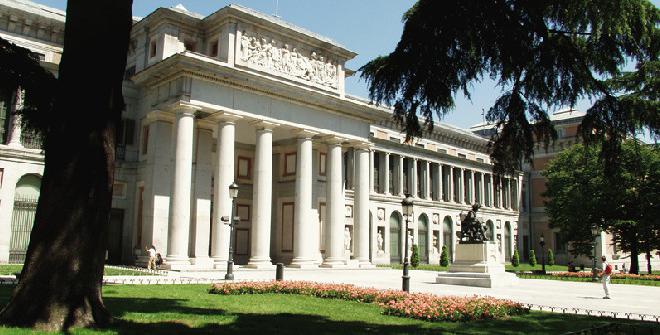
1. Prado Museum
Paseo del Prado, s/n
The Prado Museum is the crown jewel of one of the capital’s most visited tourist itineraries: the Paseo del Arte (Art Walk). Its walls are lined with masterpieces from the Spanish, Italian and Flemish schools, including Velázquez’ Las Meninas and Goya’s Third of May, 1808. Its collection comprises 8,600 paintings and over 700 sculptures, so we recommend you decide what you want to see before stepping into the museum.

2.Thyssen-Bornemisza Museu
Paseo del Prado, 8
Located on the Art Walk, this museum’s collection traces the history of European painting from the Middle Ages through to the late 20th century.
Given the wealth and variety of its treasures, comprising more than a thousand works of art, you should start your visit in the section that most interests you. Italian primitives, the German Renaissance, 19th century American art, Impressionism, German Expressionism and Russian Constructivism are the most widely represented schools and movements in the museum.
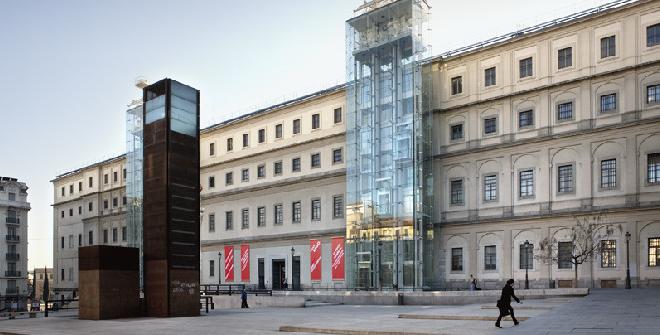
3.Reina Sofia Museum
Calle Santa Isabel, 52
Located on the Art Walk, the Reina Sofía houses works by Dalí, Miró and Juan Gris as well as Picasso’s masterpiece: Guernica.
This passionate journey along the history of Spanish contemporary art is divided into three collections: ‘The Irruption of the 20th Century. Utopia and Conflict (1900-1945)’; ‘Is the War Over? Art in a Divided World (1945-1968)’ and ‘From Revolt to Postmodernity (1962-1982)’. The star piece of the museum is Guernica, one of Picasso’s most famous paintings. Exhibited by the Republican Government at the International Exhibition in Paris in 1937, this mural depicts the pain suffered by the victims of the bombing of the Spanish city of Guernica on 27 April, 1937.
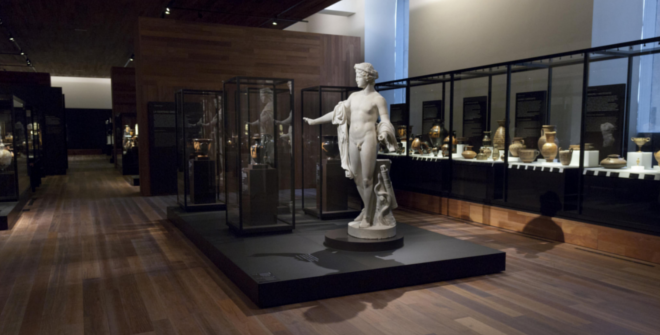
4.National Archaeological Museum
Calle Serrano, 13
The National Archaeological Museum (MAN), which houses one of the world's most important antique collections, has just reopened after a comprehensive remodelling process that lasted for six years. Comprising implements and works of art from Mediterranean cultures, its exhibits span from prehistory to the 19th century.
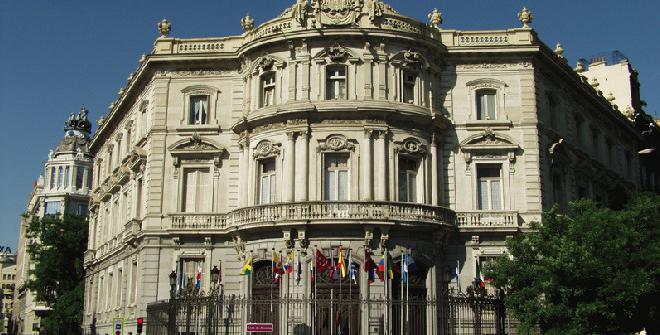
5.Casa de América
Plaza de la Cibeles, 2
Casa de América is one of the most active cultural institutions of our city. With a view to fostering contact between the Latin-American peoples and Spain, it organises all kinds of cultural activities (exhibitions, lectures, film and literary cycles, etc.).
Its premises, the Palacio de Linares in the Art Walk, are a real jewel which must be visited. The limestone building, with its clean lines, the work of Carlos Colubí, Adolf Ombrecht and Manuel Aníbal Álvarez, houses an interior rich in furniture, lamps and bronzes from Paris, crystal from Antwerp, carpets from the Royal Tapestry Factory and a choice collection of paintings by artists of the stature of Francisco Pradilla, Manuel Domínguez and Alejandro Ferrant.
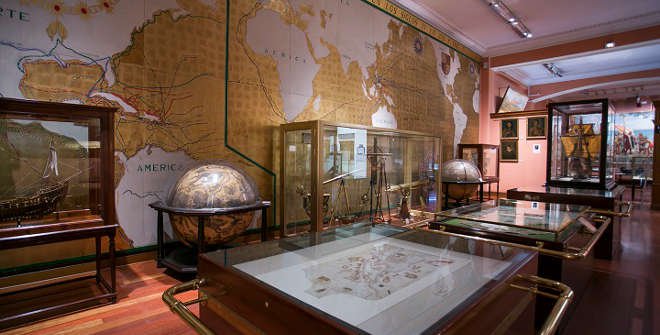
6.Naval Museum
Paseo Prado, 5
The origin of the Naval Museum goes back to September 28th 1792, thanks to an initiative of Antonio de Valdés y Fernández Bazán, Navy Secretary of King Carlos IV. After multiple vicissitudes, the current Museum reopened in October 1932 in the current location of the old Navy Ministry, currently the Spanish Army Headquarters, located in the Art Walk.

7.National Museum of Decorative Arts
Calle Montalbán, 12
Located between the Art Walk and Retiro, this museum – created in 1912 - was intended to be a place for the education of artisans, craftsmen, artists and connoisseurs of the industrial arts, following the inspiration of other museums of the same type, such as the South Kensington Museum (now the Victoria and Albert Museum) in London, and the Musée des Arts Décoratifs in Paris.
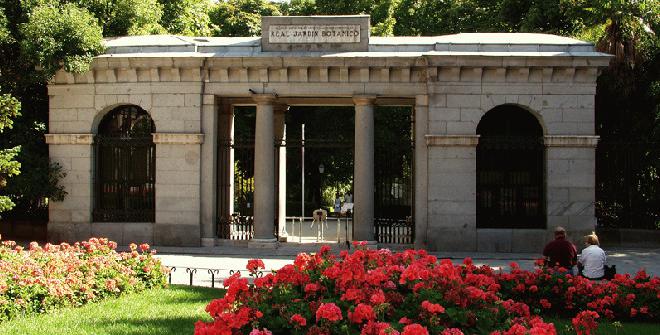
8.Royal Botanic Gardens
Plaza Murillo, 2
Declared an Artistic Garden in 1942, its collections include an outstanding herbarium with more than a million entries, the library and the archive - with nearly 10,000 drawings - as well as the exhibition of 5,000 species of live plants.
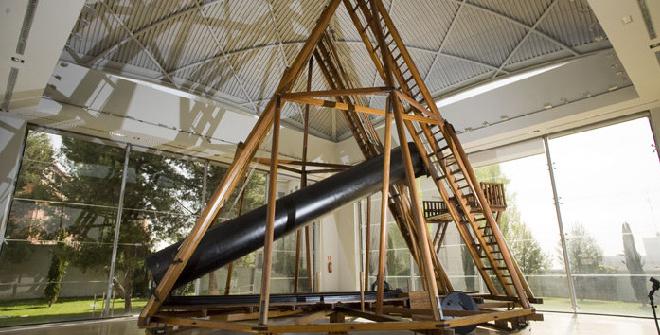
9.Royal Observatory of Madrid
Calle Alfonso XII, 3
The Royal Observatory of Madrid was commissioned by Charles III at the suggestion of Jorge Juan. The construction of the main building, designed by Juan de Villanueva, began in 1790 on a small hill situated beside the present day Retiro Park. At the same time the astronomer W. Herschel was commissioned to build a 60 cm diameter reflecting telescope.
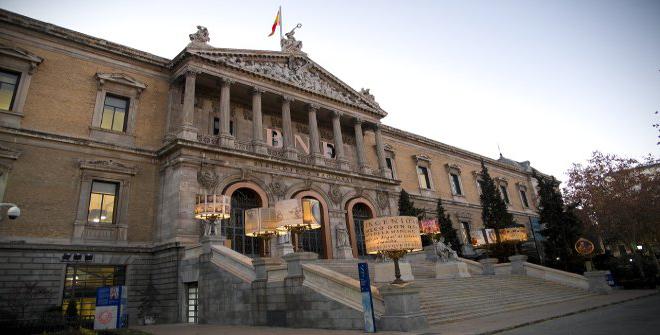
10.Biblioteca Nacional
Paseo Recoletos, 20 - 22
This museum, whose aim is to promote the importance of books throughout history, comprises eight rooms. As well as conserving original manuscripts, the library allows visitors to learn about the work of librarians and reveals the secrets of Miguel de Cervantes. The National Library aims to contribute to the city’s culture by offering public educational activities which are difficult to find in standard museum programmes.